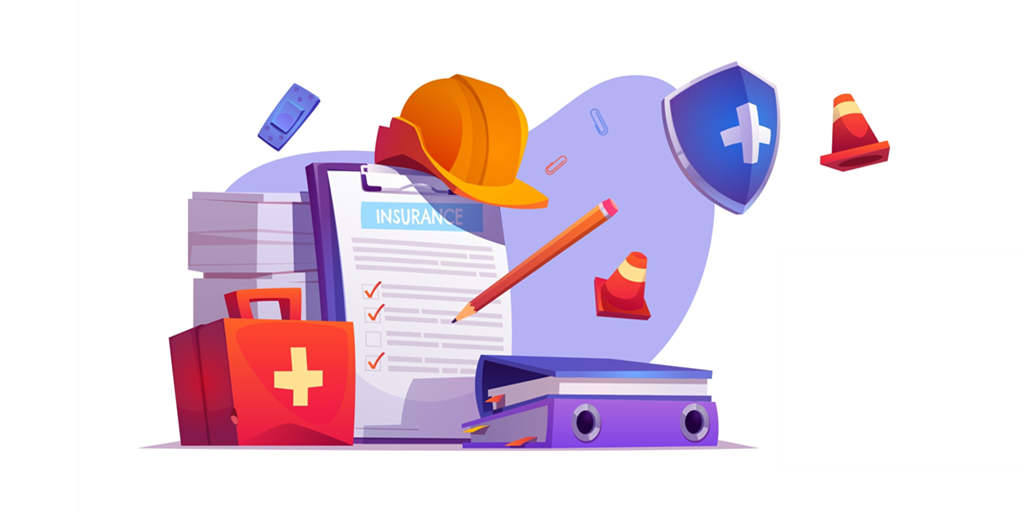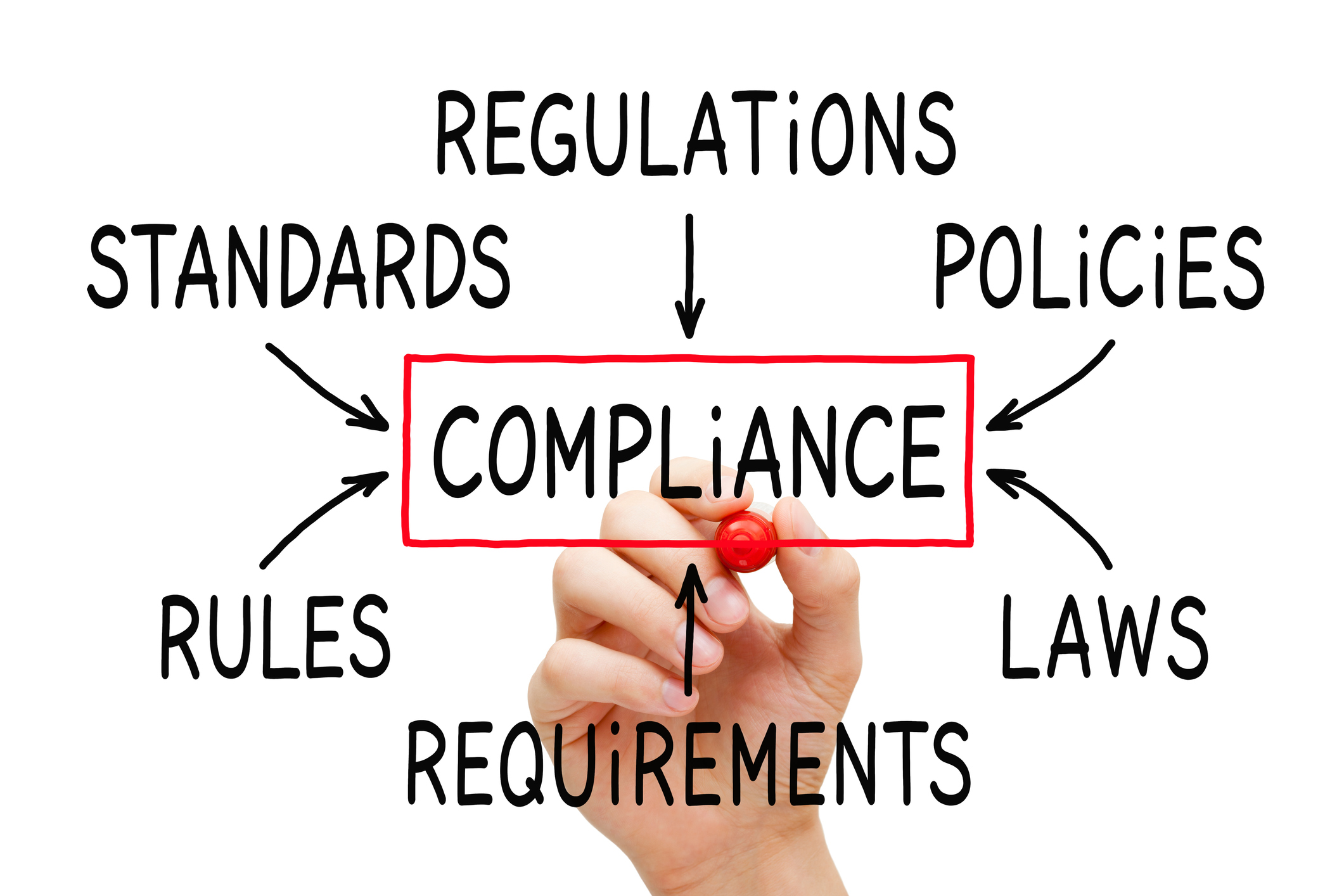Scale Smarter: How a VMS Drives Efficient Workforce Management
Managing a contingent workforce isn’t just a nice-to-have—it’s a must for businesses aiming to stay competitive and agile. For MSPs, staffing...
3 min read
Bridge VMS Team : Nov 23, 2024

For professionals in staffing, healthcare, and other industries juggling temporary or contract workers, staying on top of regulations is critical yet exhausting. Compliance failures mean penalties, lost contracts, and damaged reputations—nightmares that workforce managers can’t afford. Thankfully, a Vendor Management System (VMS) can do the heavy lifting, turning compliance from a burden into a streamlined process. Here’s how a VMS solves some of the top compliance challenges for workforce managers.
If you’re in charge of workforce compliance, you know that it’s not just about meeting legal standards—it’s about protecting the business, minimizing risk, and avoiding costly disruptions. But that’s easier said than done, thanks to these common challenges:
A VMS is built to simplify compliance across all of these fronts. Here’s how it can make workforce compliance more manageable and help you focus on high-value tasks instead of fighting fires.
Manually tracking documents for dozens—or thousands—of workers can be overwhelming. A VMS centralizes all workforce documentation, allowing you to store, track, and manage compliance records effortlessly.
With a VMS:
For managers, this translates to less scrambling and more confidence that everything is in order when regulators or clients come knocking.
Industries like healthcare and construction have strict, unique requirements. A VMS offers customizable workflows tailored to meet these specific standards, making it easier to adhere to industry mandates.
With a VMS, workforce managers can:
A VMS helps reduce risk by aligning compliance tracking with industry and client requirements, keeping your workforce eligible to work.
One of the biggest benefits of a VMS is real-time visibility into your entire contingent workforce. Instead of playing catch-up, you can proactively manage compliance and respond to potential risks before they become costly problems.
Here’s how real-time monitoring helps:
For industries with high compliance stakes, real-time tracking provides peace of mind and significantly reduces the likelihood of preventable issues.
Payroll is often a compliance minefield. From calculating overtime correctly to ensuring wage and hour laws are followed, it’s easy to make costly mistakes. A VMS integrates payroll features into the compliance workflow, so you can handle pay, time tracking, and invoicing without breaking compliance.
How it works:
For staffing firms and MSPs managing diverse clients, this integration ensures compliant and accurate payments across the board.
When it’s time for an audit, scrambling for documents and records isn’t an option. A VMS simplifies audits by offering on-demand reports that compile compliance data in seconds.
A VMS simplifies audits with:
Audit readiness goes from a stressor to a simple task, empowering you to prove compliance at a moment’s notice.
Ready to simplify your workforce management and stay ahead in compliance? Download our essential guide, Everything You Need to Know About a VMS! Packed with insights and practical advice, this guide will show you how a VMS can streamline your operations, enhance compliance, and maximize productivity.
In this guide, you’ll uncover:
Don’t let compliance and workforce management challenges hold you back. Download the guide today and take the first step toward transforming your workforce operations with ease and confidence!

Managing a contingent workforce isn’t just a nice-to-have—it’s a must for businesses aiming to stay competitive and agile. For MSPs, staffing...

In the fast-paced world of staffing and contingent workforce management, compliance with legal and regulatory requirements is of paramount...

Imagine running a large event with no schedule, unclear responsibilities, and a guest list you only find out about the day before. That’s what...